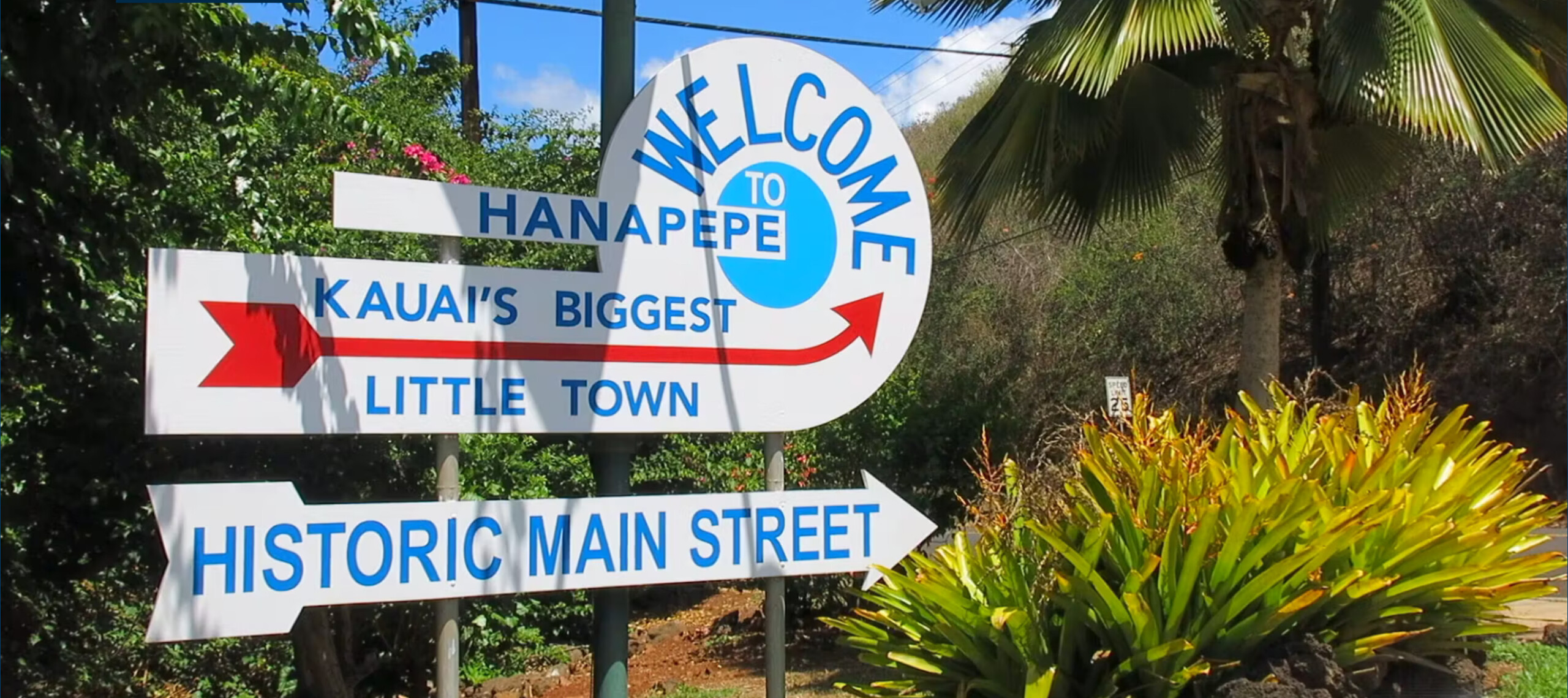By Tommy Noyes

Kukuiula Harbor’s pier and boat ramp were inundated during a recent King Tide event documented on this photo. Photo by Monika Mira/More Responsible Living.
The University of Hawai‘i Sea Grant College Program’s Hawai‘i and Pacific Islands King Tides Project team is appealing for your help to document this summer’s high-water level events (King Tides). Data gathered by the community helps the research team to better understand future impacts from sea-level rise and other coastal hazards. This article draws material from the program’s website. If you’d like to help to collect images, visit pacificislandskingtides.com for detailed tutorials on how to capture and submit valuable pictures.
“The King Tides photo project is an important learning opportunity for adults and kids alike,” said Ruby Pap, Coastal Land Use Extension Agent for Hawai‘i Sea Grant Program. “And it falls within social distancing guidelines for covid-19.”
King Tides provide a window into our future because today’s high tides are tomorrow’s average sea levels. Images and data submitted by the community are a significant contribution understanding and adapting to rising seas. You — assisting this program as a community scientist — can add to a free, publicly accessible and crowd-sourced dataset by photographing King Tides at places important to you. Photos, observations, dates, times and locations can be submitted through the project’s web platform accessed through your smartphone or desktop computer.
Here are a few tips on planning your successful photo trip. Kaua‘i shores will receive King Tides in the afternoons on July 3, 4 and Aug. 17, 18. The peak of the high tide is the best time to take photos because that is when water levels are at their highest point. The precise time for high tide varies depending on your photo location. For example, the July 4 King Tide in Hanalei will peak at 2:59 p.m. with a predicted +2.59 feet, while Nawiliwili Harbor’s tide will peak at 4 p.m. reaching a predicted +2.42 feet.
Please be mindful of personal safety as you participate in this project. The shoreline is a dynamic environment. Always reduce risk to yourself and others when capturing high water photos. Be aware of your surroundings (e.g., wind, waves, edges, steps) and observe your location and routes before heading out. Avoid locations that require climbing on rocks, walls or other structures. Ensure you access sites via public access points. Use extra caution during Winter King Tides which may be in the early morning hours. Dress appropriately (you may get wet), but most of all, have fun!
Project researchers are interested in any and all locations that show King Tides along coastlines. Several of our community scientists have fished, surfed, swam, paddled and lived along our coastlines for many years, many decades or many generations. This place-based knowledge that we collectively possess is one of the strongest assets of our project.
Together we have a collective understanding of changes in water level over time that is large and powerful. Your understanding of Kaua‘i’s coastlines and beaches that are special and important to you can help the team to better understand how King Tides differ from average water levels of the past.
- Tommy Noyes is Kaua‘i Path’s executive director, a League of American Bicyclists Certified Instructor and active with the Kaua‘i Medical Reserve Corps.
Discover more from ForKauaiOnline
Subscribe to get the latest posts sent to your email.





Leave a Reply